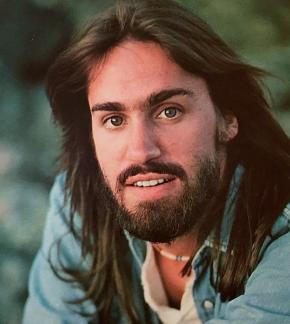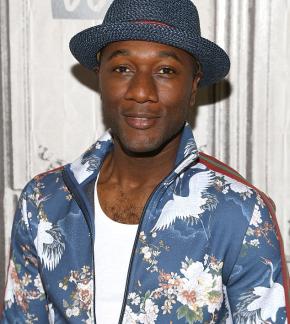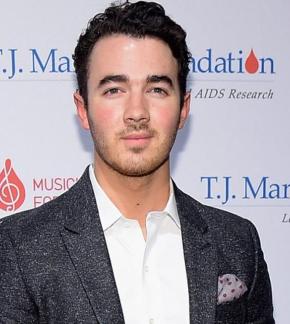Biography
The 1950s were a decade in which the rock and roll scene in the United States flourished. One of the biggest names in the genre was Buddy Holly, a young rockabilly musician associated with the band “The Crickets”. At birth, the young Texan boy was named Charles Hardin Holley, but he received the nickname “Buddy” early on in his childhood. The alternate spelling of his last name in which the letter “e” was dropped originated from a spelling mistake in his band’s record contract with Decca Records.
About
Buddy Holly was born on September 7, 1936 in Lubbock, Texas into a Baptist family. He was the son of Lawrence Odell Holley and Ella Pauline Drake and a brother to three siblings. Holly’s father was the only family member not to be musically inclined. In fact, Buddy’s brothers were an early source of inspiration to him. They played in local talent shows before being sent to the army during the Second World War. While Holly initially took piano lessons, he dropped the idea quickly and was taught by his older brother, Travis, to play the guitar.
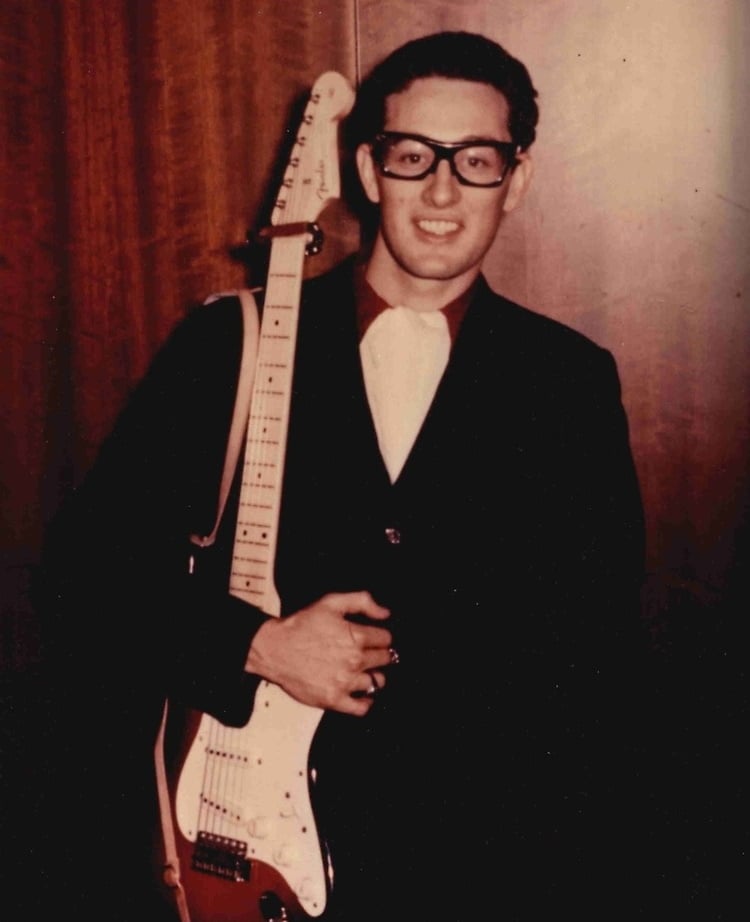
Music career
Buddy Holly is a prominent figure in the history of rock and roll, but his music was not confined to a single genre. Owing to his Southern background, Holly’s songs also exhibited many tell-tale characteristics of country music. His preferred instruments were the guitar and his voice, and his signature guitar was the Fender Stratocaster 1955. The image of this guitar make was carved into the artist’s gravestone.
Holly’s musical debut was as the opening act for Elvis Presley, which motivated him to pursue a career in music. He initially signed a record deal with Decca Records in 1956, but it didn’t take either side long to determine the professional relationship would not work.

While still under contract with Decca, Holly went on to form the band “The Crickets” together with Niki Sullivan, Jerry Allison, and Joe B. Mauldin. His terms with Decca Records prevented him from releasing music under his own name, which is why “That’ll Be The Day” and other projects in that period were released under the name of the band. Still, Holly reportedly felt he had more creative control working with the band and Brunswick Records, and was more satisfied with the results.
1958 was an important career for Holly professionally. His songs were gaining popularity, and he was invited to perform on “The Ed Sullivan Show”. He also went on “America's Greatest Teenage Recording Stars” tour along with his band. The tour took them international, going to Hawaii, Australia, and the UK, where their songs had been making the charts. The year also brought about changes in the bands make-up, when Tommy Allsup joined “The Crickets” as a lead guitarist. Tension between the band and their manager, Norman Petty, grew when Buddy Holly married, but was told his wife had to pose as their secretary in order to avoid alienating female fans. This conflict escalated, eventually leading to Buddy Holly’s separation from “The Crickets”.
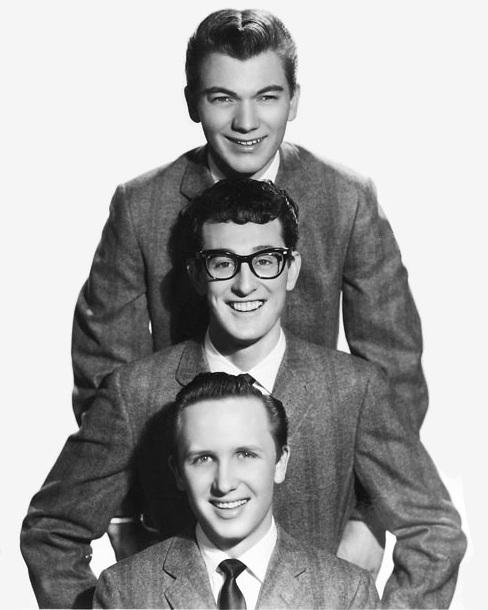
Personal life
While still a high school student in Lubbock, Holly had a relationship with Echo McGuire, until she left him to be with a classmate of his. Following this, he had a brief relationship with June Clark, a fan of his also from Lubbock.
Buddy Holly met the Puerto Rican receptionist María Elena Santiago in 1957, and was immediately enamoured. So much so that he asked for her hand in marriage just five hours into their first date. The couple was wed in August of 1958 in Buddy’s hometown in Texas, and lived there until his departure from his band, “The Crickets”. After this, the two relocated to New York. The Holly family did not have children, but María Elena was several weeks pregnant at the time of her husband’s unexpected death. She suffered a miscarriage as a result of the shock and trauma she experienced upon hearing of the news of the singer’s passing.
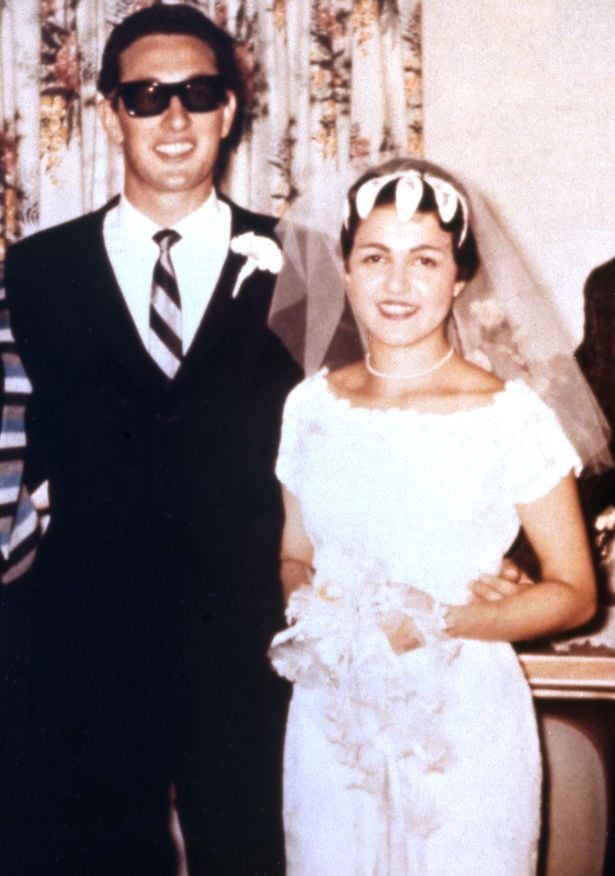
Net worth
At the time of his death, Buddy Holly had an estimated net worth of around 1 million USD.
Death
Like many other promising young musicians, Buddy Holly died young. On February 3, 1959, a small charter airplane carrying Holly, as well as fellow musicians J.P. Richardson and Ritchie Valens, crashed into a cornfield in Iowa. The impact killed the three artists and the pilot of the aircraft immediately. The plane crash is known in popular culture as “The Day the Music Died”.
Buddy and his band had been touring the Midwest on their “Winter Dance Party” tour. Their tour bus had issues with heating, which caused problems in the cold winter of 1959. For this reason, Holly chartered the misfortunate airplane. Buddy Holly was buried in Lubbock, Texas. His widow is said not to have attended his funeral or visited his grave in the time since.
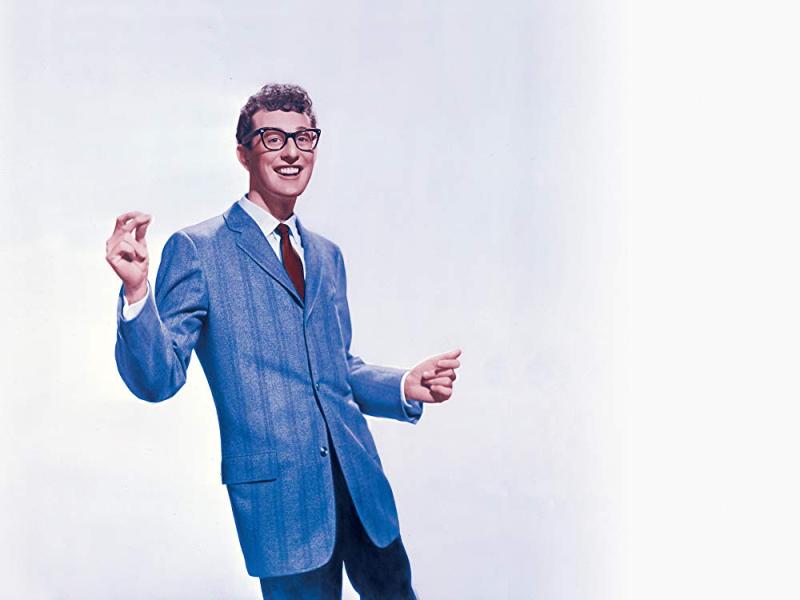
Depictions in pop culture
The 1971 song “American Pie” by Don McLean was written about the crash in which Holly was killed. The lyric “the day the music died” is repeated frequently, referring to the name the event was given post-factum. It also references Buddy Holly’s widow. In the season 1 episode of the 1990s TV series “Quantum Leap” titled “How the Tess Was Won”, the protagonist has an interaction in which he inspires a young Buddy Holly to write the song “Peggy Sue”.

